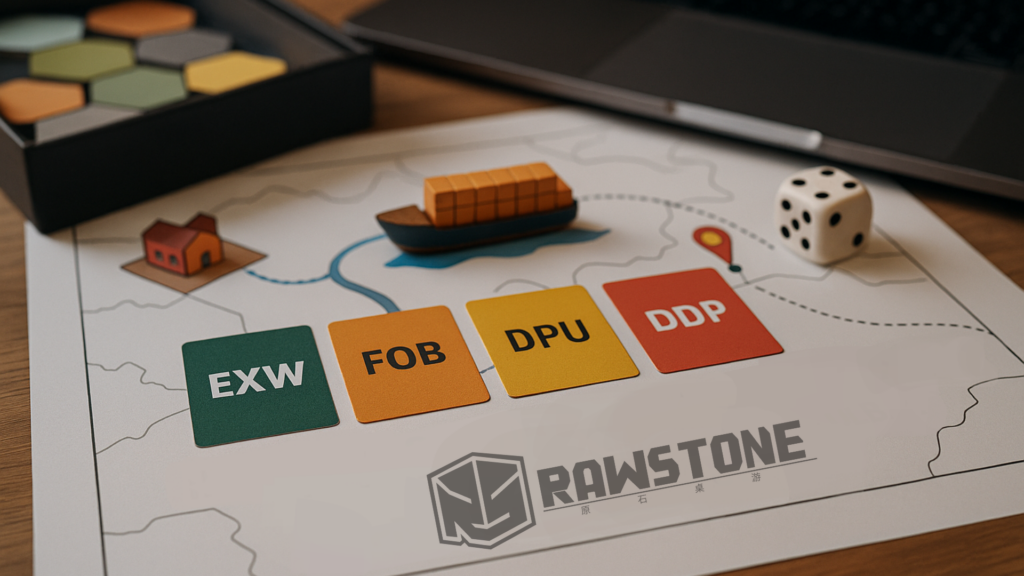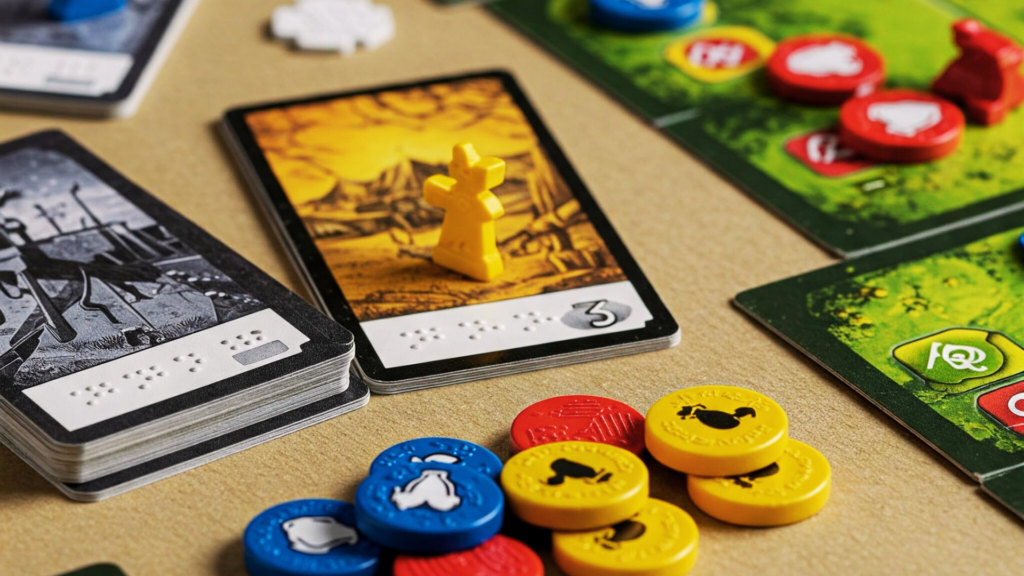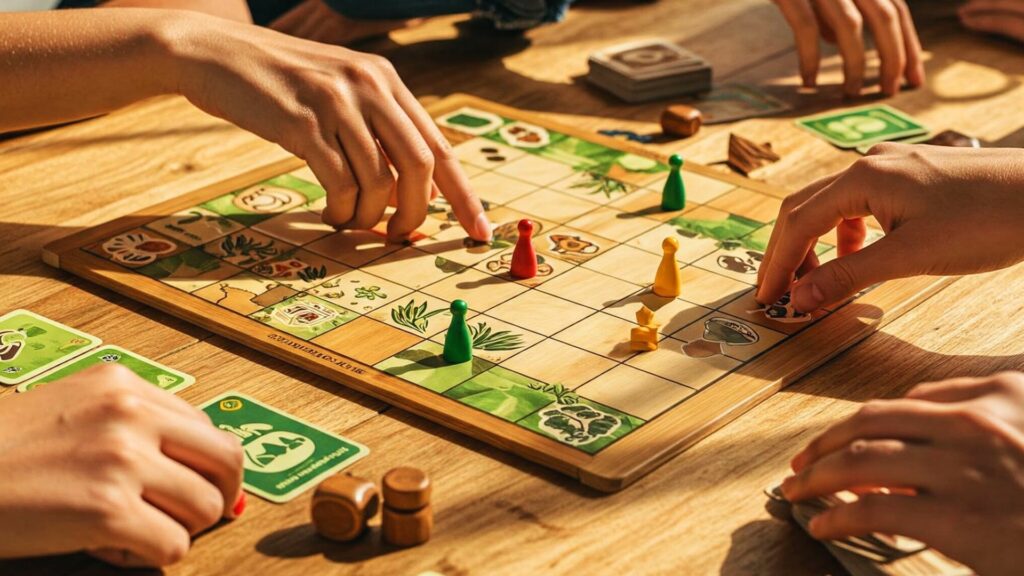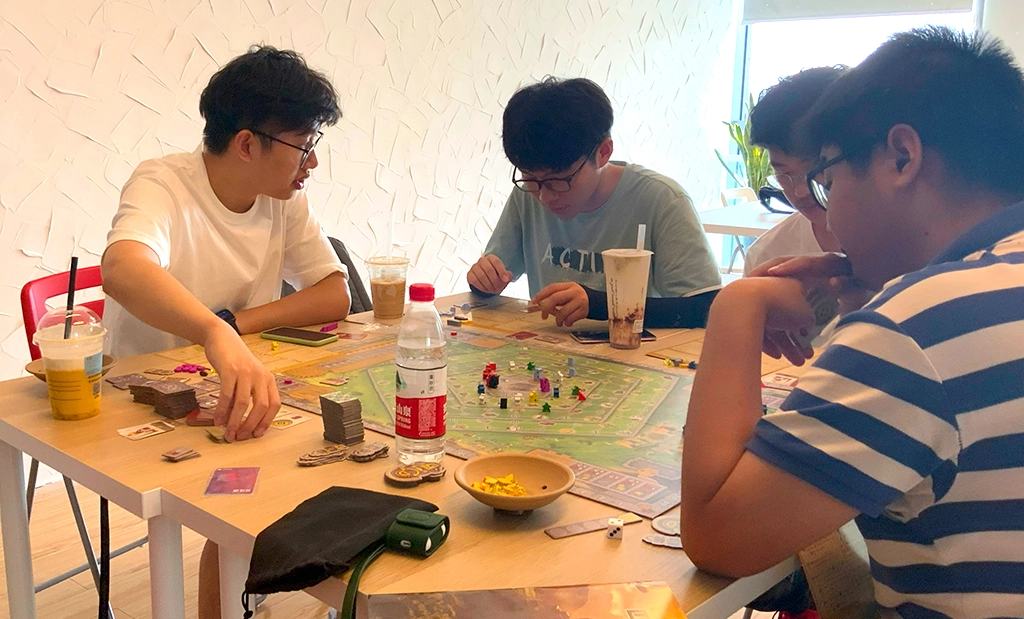

Dive into our insights for publishers & designers!<span data-metadata="">

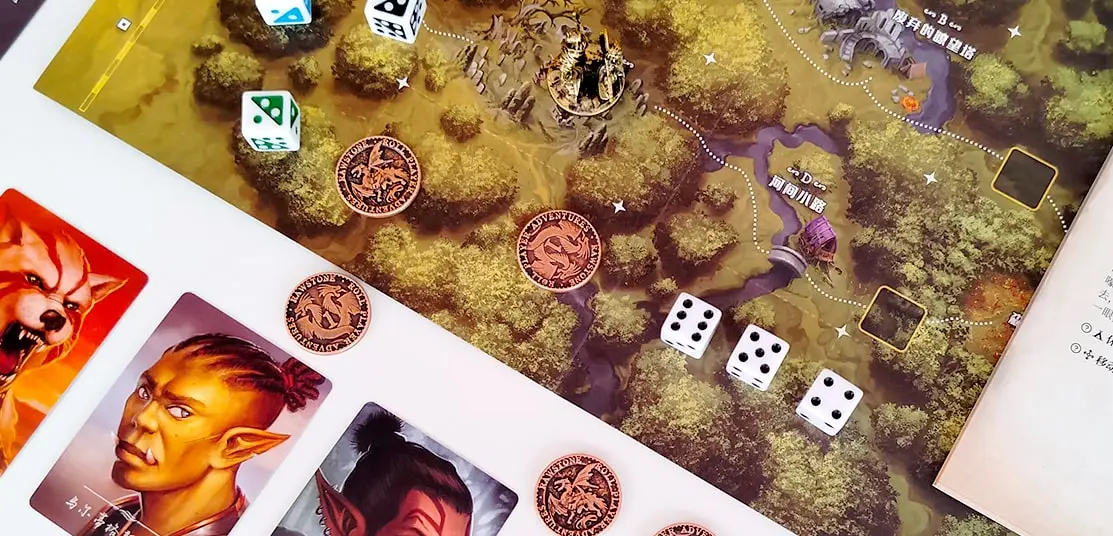
Date: 10/04/2024
United by Strategy: Exploring the Dynamics of Cooperative Gameplay in Board Games
Greetings, esteemed game designers, embark on a journey into the realm of cooperative board games! In this insightful exploration, we delve into the intricacies of designing games where players unite to overcome challenges and achieve shared goals. From fostering teamwork to creating engaging experiences, cooperative play offers a wealth of opportunities for innovative game design. Join us as we uncover the secrets to crafting immersive cooperative gaming experiences that captivate players and ignite their spirit of camaraderie.
Understanding Cooperative Play:
At its core, cooperative play in board games revolves around the concept of players joining forces to confront challenges and pursue common objectives. Unlike competitive games where players vie against each other for victory, cooperative games promote collaboration and mutual support as players work together to overcome obstacles and achieve success. This collaborative dynamic fosters a sense of unity, teamwork, and shared accomplishment among players, elevating the gaming experience to new heights.
Designing Challenges and Obstacles:
Central to the design of cooperative games is the creation of compelling challenges and obstacles that test the players’ collaborative skills and strategic thinking. Game designers must carefully craft scenarios and mechanics that present meaningful challenges while maintaining a fair and balanced experience. Whether it’s battling formidable adversaries, solving intricate puzzles, or navigating treacherous environments, the challenges should encourage players to communicate, plan, and strategize together to achieve victory.
Tips and Tricks for Effective Cooperative Game Design:
1. Define Clear Objectives: Establish clear and compelling goals for players to work towards collectively, providing a sense of purpose and direction.
2. Foster Communication: Design mechanics that encourage players to communicate openly and collaborate effectively, fostering teamwork and cooperation.
3. Embrace Asymmetry: Introduce diverse player roles or abilities that offer unique strengths and weaknesses, promoting strategic diversity and replayability.
4. Scale Difficulty Dynamically: Implement mechanisms to adjust the difficulty of the game based on the number of players or their skill levels, ensuring a challenging yet rewarding experience for all.
5. Encourage Creative Problem-Solving: Design puzzles or challenges with multiple solutions, allowing players to approach problems in creative and inventive ways.
6. Provide Meaningful Choices: Offer players meaningful decisions and trade-offs that impact the outcome of the game, empowering them to shape their own strategies and tactics.
7. Celebrate Shared Victories: Create moments of shared triumph and celebration when players achieve their goals, reinforcing the sense of camaraderie and accomplishment.
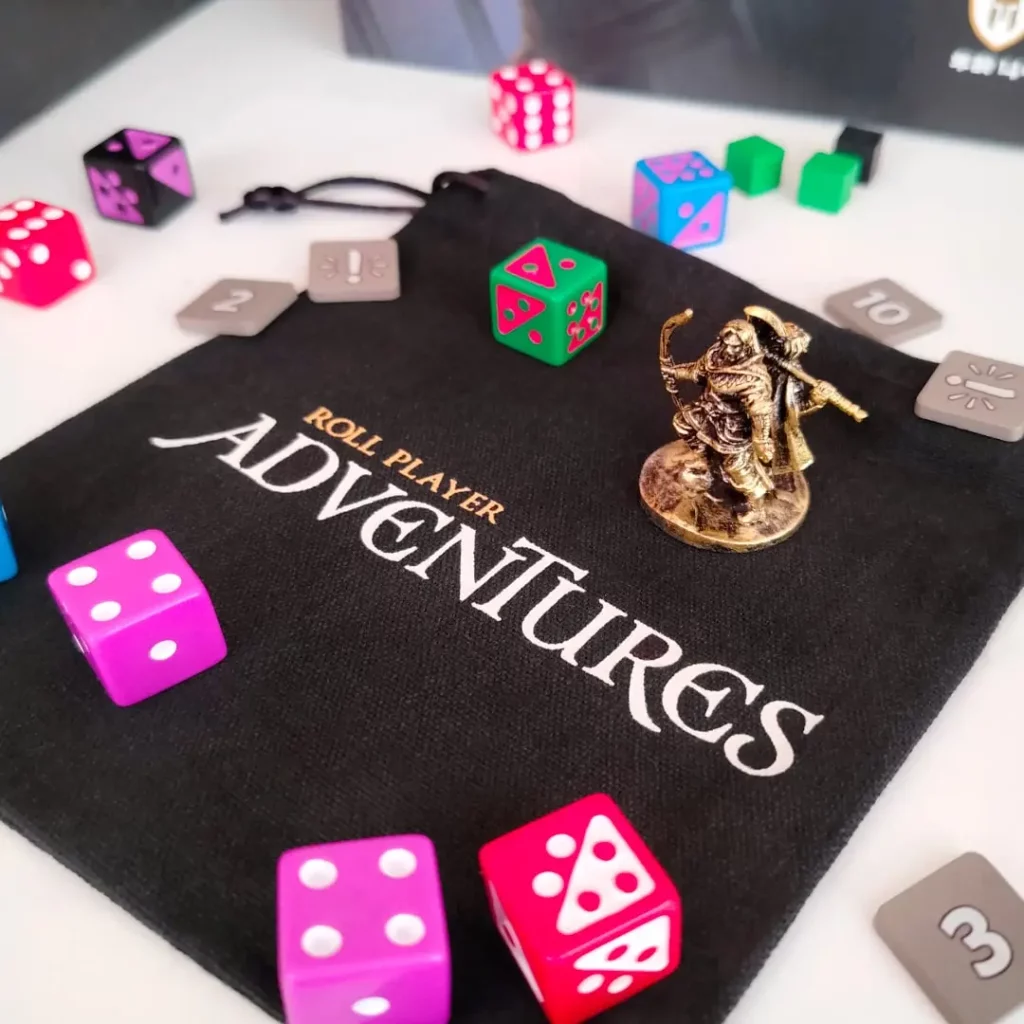
Conclusion:
As you embark on the exciting journey of designing cooperative board games, remember the power of collaboration, teamwork, and shared experiences in creating engaging and memorable gameplay. By embracing the principles of cooperative play and implementing effective design strategies, you can craft immersive gaming experiences that captivate players and foster lasting friendships. So let your creativity soar, and design games that inspire unity, cooperation, and shared adventure in the world of board gaming!
you might also be interested...
Incoterms for Board Game Manufacturing: A Guide to Smarter Shipping
Learn how Incoterms for board game manufacturing influence shipping, costs, and delivery responsibilities across international supply chains.
> Read MoreAccessible Board Games Design: Tips for Inclusion
Discover actionable strategies for creating accessible board games. Learn how designers and manufacturers can make tabletop gaming more inclusive for...
> Read MoreEco-Friendly Board Game Manufacturing: Sustainable Materials
Eco-friendly board game manufacturing: discover sustainable materials & methods for your next project. Cost-effective and impactful.
> Read MoreBoard Gaming and Mental Health: Unveiling the Therapeutic Benefits of Gameplay
From critical thinking and problem-solving to spatial reasoning and memory retention, each game presents players with unique challenges that stimulate...
> Read More
